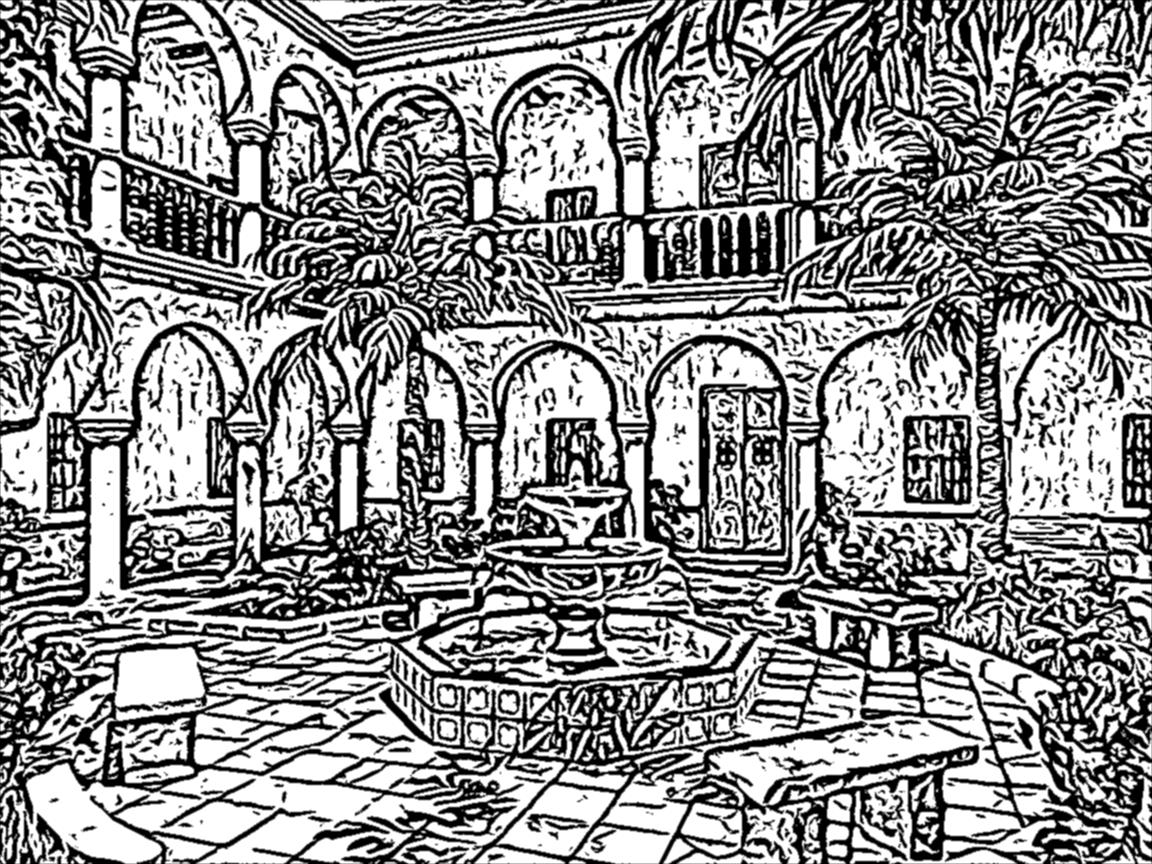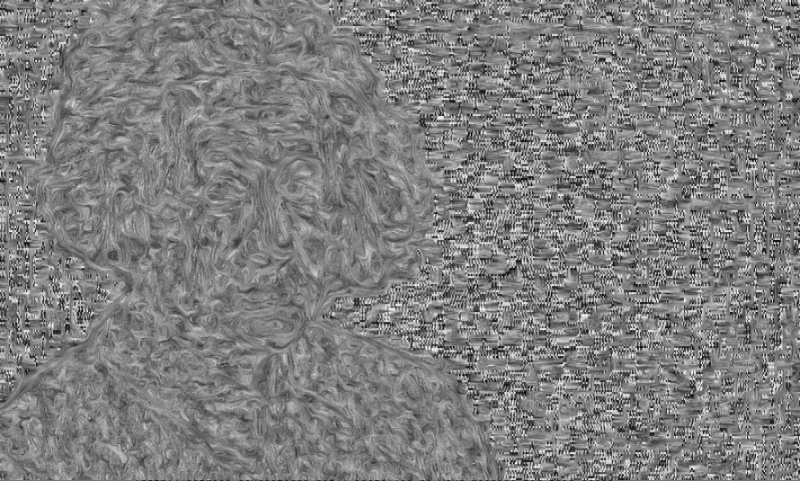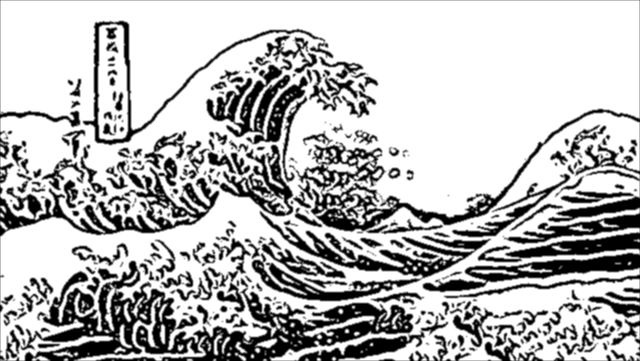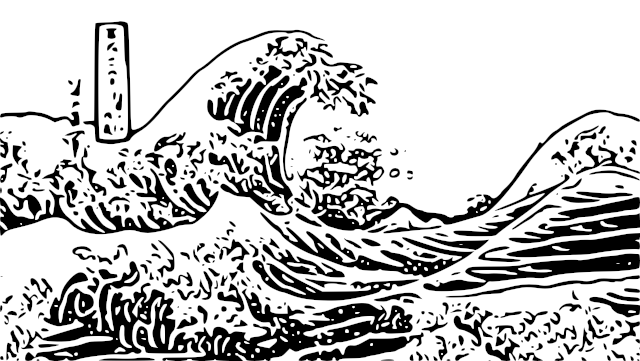 Documentation
¶
Documentation
¶
Index ¶
Constants ¶
This section is empty.
Variables ¶
This section is empty.
Functions ¶
Types ¶
type Cld ¶
Cld is the main entry struct for the Coherent Line Drawing operations.
func NewCLD ¶
NewCLD is the constructor method which require the source image and the CLD options as parameters.
func (*Cld) GenerateCld ¶
GenerateCld is the entry method for generating the coherent line drawing output. It triggers the generate method in iterative manner and returns the resulting byte array.
type Etf ¶
type Etf struct {
// contains filtered or unexported fields
}
Etf is the main entry struct for the edge tangent flow computation. It encompass the basic operational entities needed for the matrix operations.
func (*Etf) InitDefaultEtf ¶
InitDefaultEtf computes the gradientField matrix by setting up the pixel values from original image on which a sobel threshold has been applied.
type Options ¶
type Options struct {
SigmaR float64
SigmaM float64
SigmaC float64
Rho float64
Tau float32
BlurSize int
EtfKernel int
EtfIteration int
FDogIteration int
AntiAlias bool
VisEtf bool
VisResult bool
}
Options struct contains all the options currently supported by Cld, exposed by the main CLI application.
type PostProcessing ¶
type PostProcessing struct {
Etf
// contains filtered or unexported fields
}
PostProcessing is a basic struct used for post processing operations
func NewPostProcessing ¶
func NewPostProcessing(blurSize int) *PostProcessing
NewPostProcessing is a constructor method which initialize a PostProcessing struct.
func (*PostProcessing) AntiAlias ¶
func (pp *PostProcessing) AntiAlias(src, dst gocv.Mat)
AntiAlias smooths out the destination matrix.
func (*PostProcessing) VizEtf ¶
func (pp *PostProcessing) VizEtf(flowField, dst *gocv.Mat)
VizEtf visualize the edge tangent flow flowfield.














